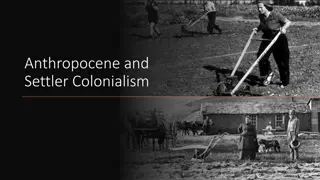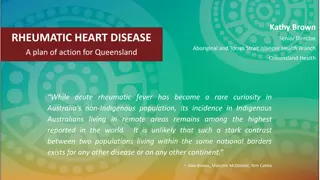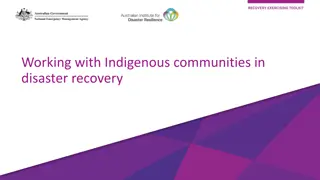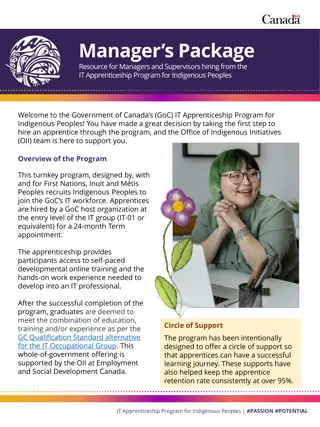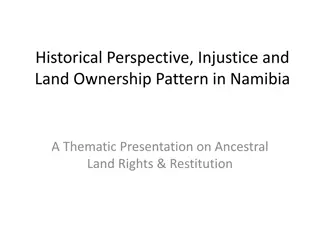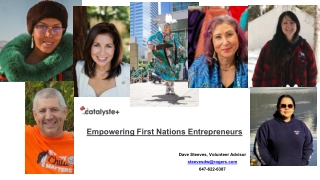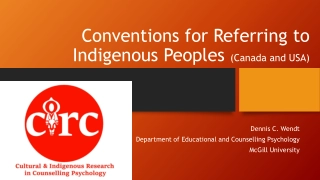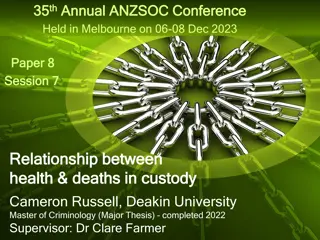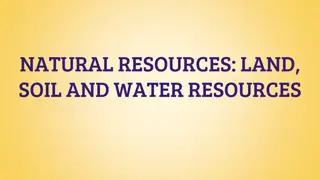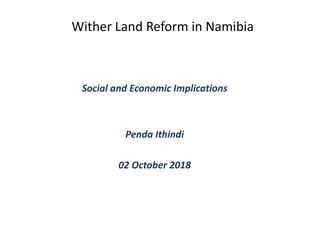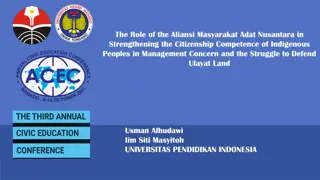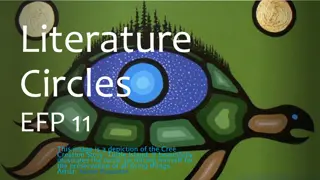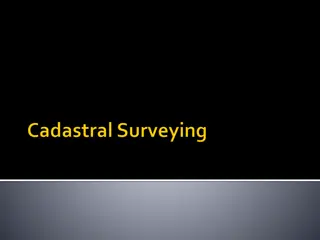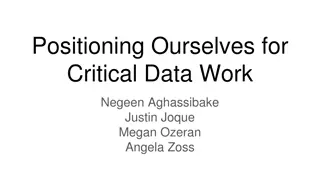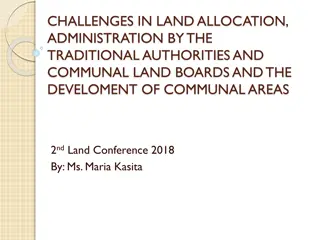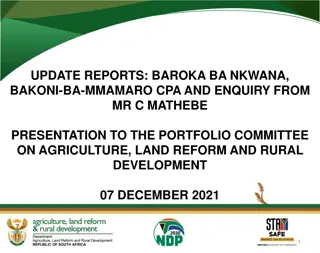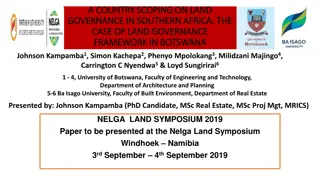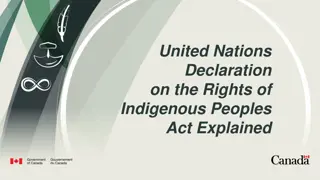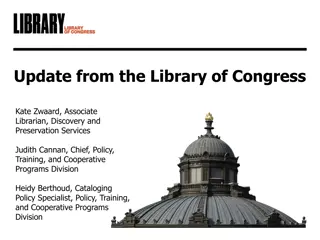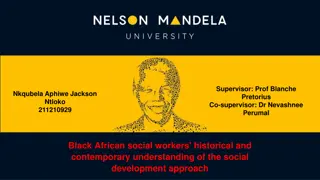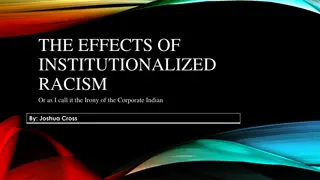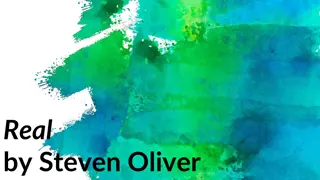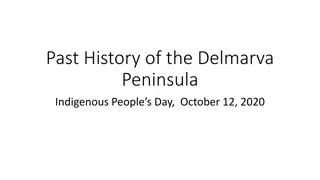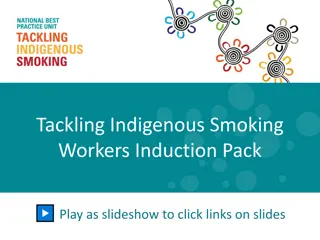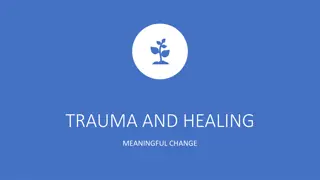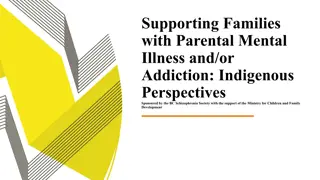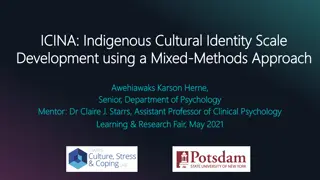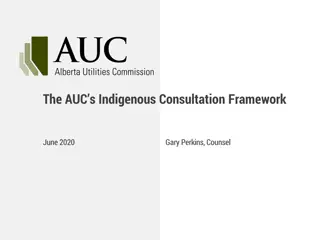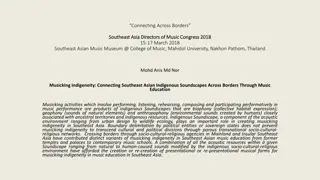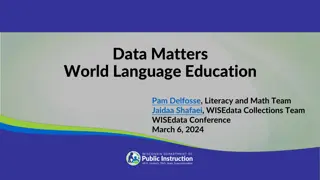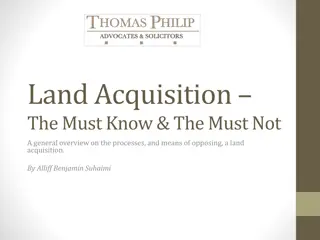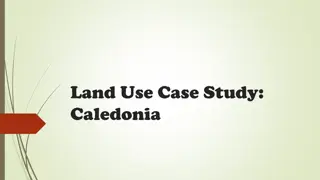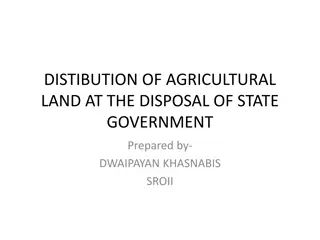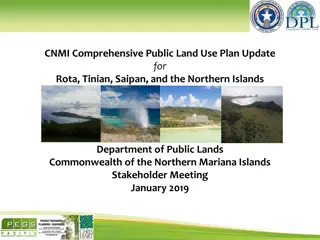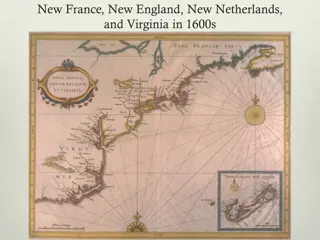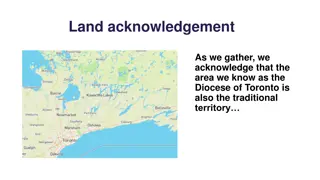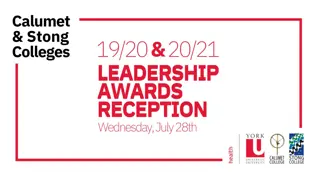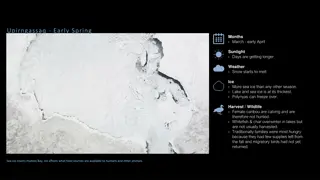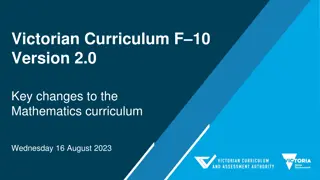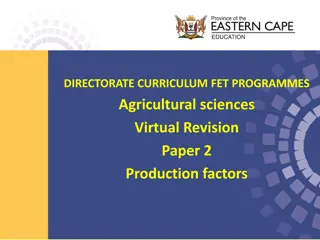Understanding Indigenous Land Acknowledgments
Indigenous land acknowledgments are a way to show respect and honor the land and its original inhabitants. They matter because they recognize the truth, promote relationship building, and inspire further action. Tips include researching Native history, building relationships with Native communities, and learning proper pronunciation. By acknowledging Native land, we acknowledge the people and their histories.
Download Presentation

Please find below an Image/Link to download the presentation.
The content on the website is provided AS IS for your information and personal use only. It may not be sold, licensed, or shared on other websites without obtaining consent from the author. Download presentation by click this link. If you encounter any issues during the download, it is possible that the publisher has removed the file from their server.
E N D
Presentation Transcript
INDIGENOUS LAND ACKNOWLEDGMENTS Carly Bad Heart Bull, Native Nations Activities Manager Americans for the Arts Webinar: 10/2/2019
Webinar Agenda Introduction and logistics Intention setting What are Indigenous land acknowledgments? Why do Indigenous land acknowledgments matter? Tips on doing an Indigenous land acknowledgment Examples of land acknowledgments Further resources Questions/discussion investing in great ideas and the people who power them
What are Indigenous land acknowledgments? They are a simple way to show respect and to honor the land you are on and the people and Nations who originally inhabited and cared for it as well as those who are still here. They can take the form of statements at the beginning of meetings, gatherings, events or presentations. They can be featured on organization websites, in event descriptions or in signature lines. They can also be more permanent in form via posters or plaques that are centrally located in your space so that visitors can learn from them. investing in great ideas and the people who power them
What are Indigenous land acknowledgments? investing in great ideas and the people who power them
Why do Indigenous land acknowledgments matter? They acknowledge that we are on Native land Important to recognize and respect that fact They are an element of truth-telling Some stories are being told and some are not. Why is that? They can promote relationship building Land acknowledgments are generally a small gesture with the potential to be incredibly meaningful They can inspire further learning and action investing in great ideas and the people who power them
Tips on how to do Indigenous land acknowledgments Think about and discuss WHY you are doing a land acknowledgment Research Native history and current contexts from Native perspectives Connect and build relationships with Native communities Consider how Native people/communities are included in your work Learn proper pronunciation of Native nations and place-names Don t stop there keep learning, building and taking action investing in great ideas and the people who power them
Examples of Indigenous land acknowledgments I would like to start off by acknowledging the Indigenous people who once lived here. This acknowledgment demonstrates a commitment to beginning the process of working to better understand and dismantle the negative impacts of colonization that have happened, and continue to happen, right here. Positive reflections? Potential issues? investing in great ideas and the people who power them
Examples of Indigenous land acknowledgments I would like to start off by acknowledging the Indigenous people who once lived here. This acknowledgment demonstrates a commitment to beginning the process of working to better understand and dismantle the negative impacts of colonization that have happened, and continue to happen, right here. Positive reflections: Shows commitment to further learning and action Potential issues: Doesn t use the name(s) of the Nation(s) Past tense investing in great ideas and the people who power them
Examples of Indigenous land acknowledgments Tonight we want to collectively start off by honoring the people who were here before us, and who are still here, the Dakota people. We are grateful to them for allowing us to be in this space. Positive reflections? Potential issues? investing in great ideas and the people who power them
Examples of Indigenous land acknowledgments Tonight we want to collectively start off by honoring the people who were here before us, and who are still here, the Dakota people. We are grateful to them for allowing us to be in this space. Positive reflections: Names specific community Acknowledges still here Potential issues: Us language. Think about your staff/audience and be inclusive. Don t assume permission or acquiescence investing in great ideas and the people who power them
Examples of Indigenous land acknowledgments We ve asked a colleague from the Bush Foundation, Carly Bad Heart Bull, who is Dakota, to come up and do a land acknowledgment and welcome us to this place, Mnisota Makoce, also known as Minnesota. Positive reflections? Potential issues? investing in great ideas and the people who power them
Examples of Indigenous land acknowledgments We ve asked a colleague from the Bush Foundation, Carly Bad Heart Bull, who is Dakota, to come up and do a land acknowledgment and welcome us to this place, Mnisota Makoce, also known as Minnesota. Positive reflections: They have engaged with someone from community They use Native place-name Potential issues: Organization/host not doing the work Missed opportunity for self-reflection and learning Cultural protocols followed? investing in great ideas and the people who power them
Examples of Indigenous land acknowledgments In summary: Use the appropriate names of Nations/places. Don t just use language of the past we are still here. Make sure language is inclusive again, we are still here. Accept the responsibility and all that it includes. That s a huge part of what makes this action meaningful. investing in great ideas and the people who power them
Further Resources On Land Acknowledgments: U.S. Department of Arts and Culture: Honor Native Lands Guide Resource for identifying which community to acknowledge: Native-land.ca National Native Arts Organizations: First Peoples Fund Native Arts and Cultures Foundation Vision Maker Media Educational Resources: Native Americans in Philanthropy/CANDID Web Portal Historic timeline from a Native perspective and other resources Local tribes and Native organizations investing in great ideas and the people who power them
Pidamayapi ye/do (Thank you all) Wowiwanga duhapi he? (Do you have any questions?) Contact info: cbadheartbull@bushfoundation.org investing in great ideas and the people who power them


